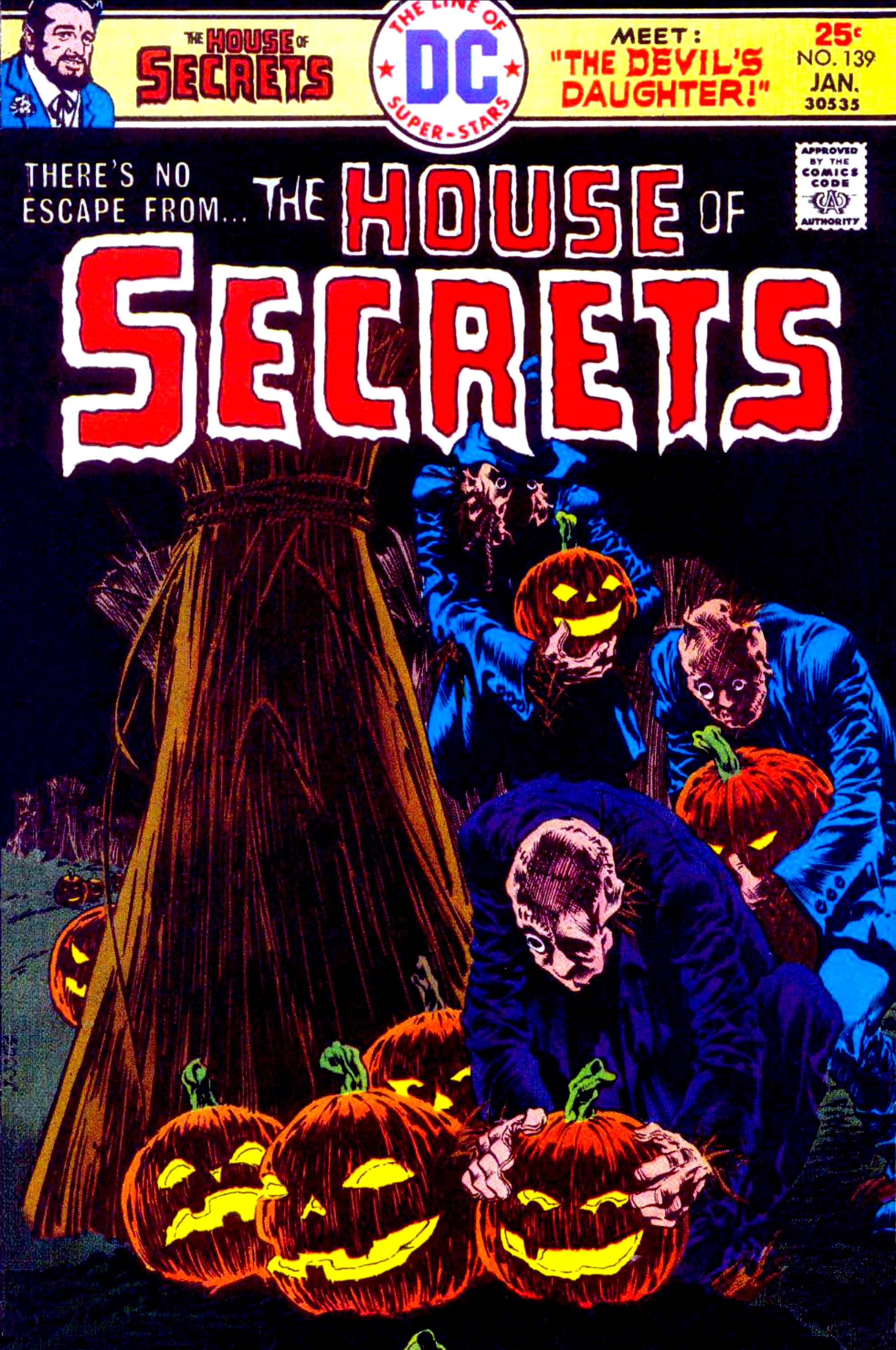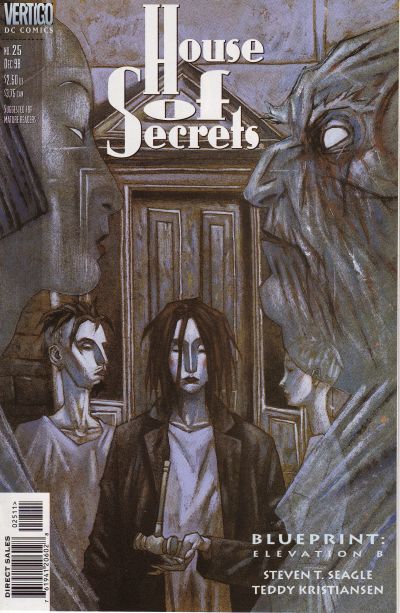

Because, come on, 11 people of a single family dying together? In the same room? Like that? No way!īut that’s exactly what happened in 2018 in Burari.

We think that something like this could never happen to us, or to people we know. It is this commonness that Barkha Dutt’s quote above references. The reason we identify with their lives and fear this story is because of the sheer quotidian nature of it all. These are normal people, with normal faces. However much we might like to distance ourselves from a ghastly tragedy like this, we can’t simply run away, because it speaks to some of our deepest personal and social fears. These neighbours retelling the stories could be us, tomorrow. The scariness of the show comes from the relatability of the whole thing. There are no demons lurking in the shadows. At least not in the traditional sense of the words. If you’re refraining from watching the show because it is “spooky” or “horror”, rest assured that that’s not the case. Because at its core, Leena Yadav’s miniseries is as much about what happened within and to the Bhatia family as it is about the larger society in India. I could tell you all of it here and it wouldn’t constitute a spoiler. Now, the facts of the case are in the public domain since a long time. And finally, it tries to make sense of the whole thing. It follows that up with a deep dive into the history of the Bhatia family, piecing clues and character sketches from interviews with the neighbours and relatives. The show starts by following the ensuing public and media circus. But it’s instructive about the significance of the 11 deaths. It’s one line in a show that has many great lines, from neighbours, doctors, policemen, even a priest. “The collective salacious appetite for scandal comes from the kind of othering of dysfunctionality.” Where can you watch: Streaming on Netflix.Īt one point in the final episode of Netflix’s latest true-crime documentary miniseries “House of Secrets: The Burari Deaths” we get this quote from journalist Barkha Dutt: Rating: 1/5 it’s bad and they should feel bad.Trigger Warning: The is a review of a show about alleged suicide/murder. The viewer is capable of reading body language and context cues rather easily, but apparently this writer/director didn’t agree. They don’t literally need to say “now what are you up to?”. There’s no reason someone cannot look out a window and look as though they are thinking. If someone told me a highschooler wrote the dialogue, I might have a little more understanding. Maybe I’m just biased, but this really felt like a low budget made-for-tv, safe for the Disney channel idea of a horror movie. Review: I feel like, at this point, if someone is going to make a scary story involving people moving into a house and shit going left, they need to at least keep it on par with the kinds of movies that actually land in the theaters.

But they soon realize they’ve just become part of a dark history.

Description: A mother and her young daughter move into a new house looking for a fresh start.


 0 kommentar(er)
0 kommentar(er)
